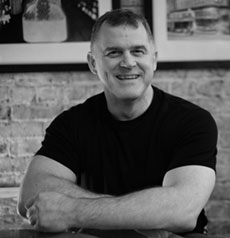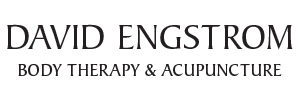Physio-Synthesis: Pain Relief and Body Balance Therapy in Seattle
What Can You Expect from Physio-Synthesis?
When you engage in Physio-Synthesis, you can expect improvements in several key areas:
Targeted Muscle Strengthening: By focusing on weaker or neglected muscle groups, this therapy helps balance your body, improving overall strength and stability.
Improved Posture and Alignment: Corrective movements address imbalances that lead to poor posture, helping you achieve a more aligned and symmetrical body.
Increased Energy Levels: As tension is released and natural movement is restored, you’ll experience a renewed sense of freedom in your body’s energy flow, leading to enhanced vitality.
Long-Lasting Results: With consistent practice, Physio-Synthesis offers sustained physical transformation, far beyond what conventional exercise can provide.
Schedule your FREE 20-minute consultation today, and let’s take the first step toward real, lasting change. Call 206 938-0682 or email.

"Give me 20 minutes, and I’ll give you a simple, natural plan to address the root cause of your body pain. Call to schedule your free-complimentary consultation now! So why wait?"
What Is Physio-Synthesis?
Physio-Synthesis is a therapeutic system of formulated movements designed to realign your body, retrain your inner core muscles, and harmonize them with your outer muscles. These movements work progressively to correct postural imbalances and restore natural movement, optimizing your body’s structure from the inside out.
By working in harmony with your body's natural tendencies, Physio-Synthesis strengthens weak muscles, releases built-up tension, and improves overall posture. Whether you’re dealing with chronic pain, restricted mobility, or inflammation, this method offers a pathway to long-term health, helping you move more freely and with greater energy.
The Origins of Physio-Synthesis
Physio-Synthesis was developed in the early 1930s by Dr. Amy Cochran, M.D., D.O., who initially trained as an allopathic physician specializing in obstetrics and gynecology. Over time, she studied under pioneers such as Dr. Andrew Taylor Still, the founder of Osteopathy, and Dr. John Sutherland, the founder of Craniosacral therapy. Dr. Cochran also mentored Ida Rolf, who later created Structural Integration, more commonly known as “Rolfing.”
Dr. Cochran had a remarkable ability to observe and understand the complex relationships between the body’s systems. She noted that while activities like calisthenics, sports, and dance improved muscle strength and cardiovascular health, they often overlooked the body’s inner supportive structures. These deeper, core systems play a vital role in posture and overall balance.
“For several years, I was struggling with a persistent, nagging pain in my neck, upper and lower back, and right side. I saw a litany of medical doctors, massage practitioners, physical therapists, and other professionals, to no avail. Finding David was a godsend. Through his work, I experienced dramatic improvements in a short period of time, and was able to return to my previous sports activities. I even took up running half marathons! David is truly an outstanding, top-of-class practitioner.”

